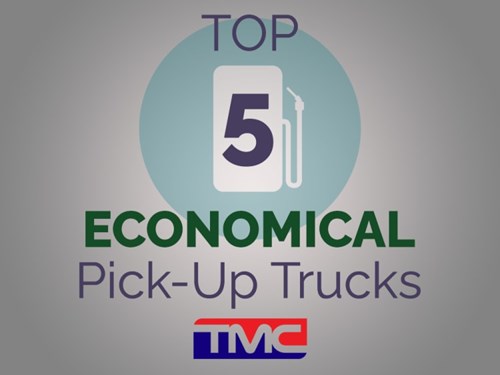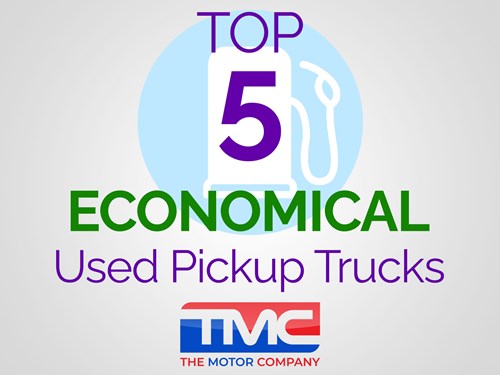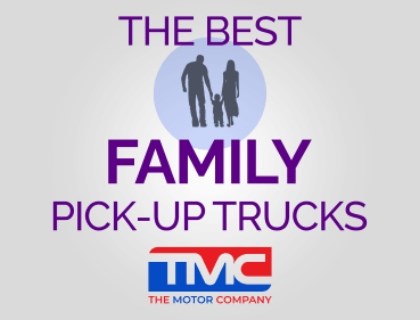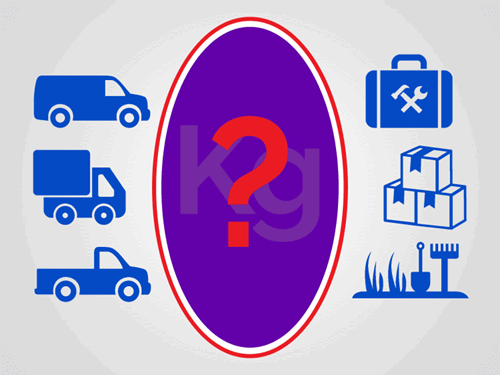- SHORTLIST
- BUY ONLINE
- TALK ON LIVECHAT
Your Guide To Part-Exchange And Trading In An Old Vehicle
Part exchange is all about trading in an old vehicle to a dealer as part payment for another one, normally newer and more expensive. A price for your old vehicle is offered by the dealer and you can accept it or go elsewhere to see if you can find a better one. If you accept it, the dealer deducts the agreed amount from the cost of your next vehicle and takes the old one off your hands.
Easy and convenient
Part exchange is an easy option for many people and is normally quick and hassle-free. It means that you don’t have to find a buyer for your old vehicle separately – the entire deal can be done between you and the dealer who is selling you your new vehicle. You also don’t have to arrange for the old vehicle to be delivered elsewhere as the dealer will usually drive it away on the spot. Part exchange could also help you avoid entering into a costly vehicle financing arrangement. These can come with large ARPs and tie you into a long-term repayment plan that could affect your financial situation for months or years to come.
Profits from part exchanges
However, always bear in mind that the dealer will be looking to make a profit, so may not always offer you the best possible price for your old vehicle. If you feel willing and able to do the legwork to find a better deal elsewhere, this could result in a higher sale price. This could be worth relinquishing the convenience of doing everything in one place – only you will be able to judge what to do for the best. If you are able to sell your vehicle elsewhere and then come to the second-hand vehicle dealer as a cash buyer, you could be in a stronger position to negotiate a discounted price.
What dealers want
As with anything on the second-hand market, the condition is key. Dealers know what to look out for – and avoid – when it comes to accepting vehicles on a part-exchange basis. If you know that you have a rarer make, model, engine size or colour, you will be a far more attractive prospect for dealers looking for part-exchanged vehicles to sell on. Other positives include lower mileage, full service histories, well-maintained exteriors and clean interiors and decent sound systems. Vintage models and vehicles with character can also be desirable as collectors’ pieces, even if they have seen better days. Dealers might also want to try their luck with your vehicle at an auction. It all depends on what you have got to offer, and what value the dealer sees in it.
Dealer versus online sale
The rise of online marketplaces has meant that more people are turning to the internet to shift their old vehicles. Again, this has the advantage of being easy to do, often free to place an ad and accessible to a very wide audience of potential buyers. Check out free vehicle valuation websites before placing an ad, so that you can be confident that you are asking the right amount for your vehicle. The main downside to internet selling, as opposed to part-exchange, is that people can be less than reliable when turning up to look at the vehicle and handing over their cold, hard cash for it. You can waste a lot of time arranging for people to come around to test drive the vehicle, only for them to never be heard of again. A dealer offering part-exchange arrangements will normally be far more reliable and keen to close the deal.
How to get the best price
Finally, once you have decided to part-exchange your old vehicle, always pick a reputable dealer with a track record for making these types of deals. You will usually be better protected when doing business with registered, recognised automotive businesses like these. Be honest when describing your vehicle so that you don’t annoy the dealer and provoke them into offering less than expected. Take the vehicle for a professional clean and wax so that it looks at its best and clear out any clutter inside it. Get any obvious, easy repairs done and replace missing parts if it is cost-effective, to help increase its value.




